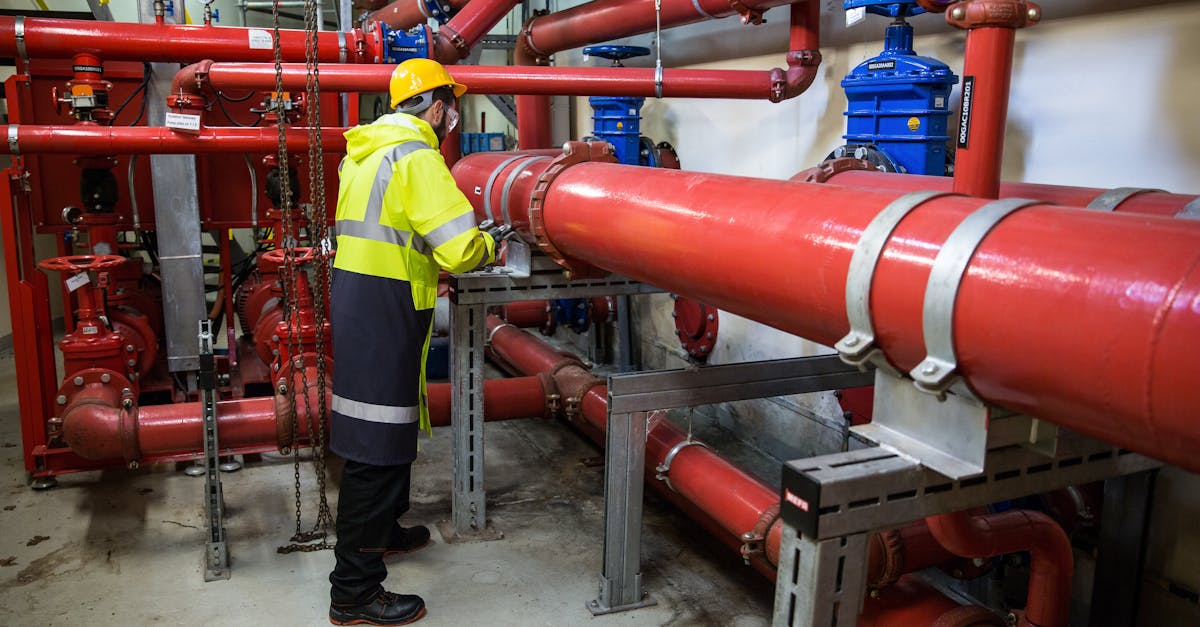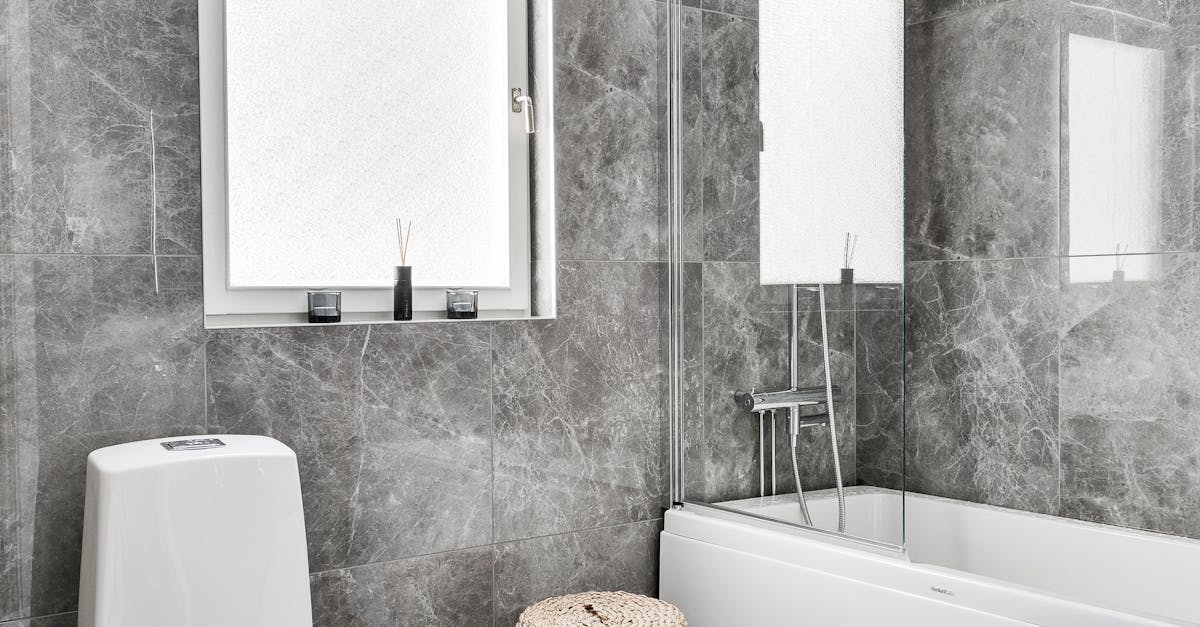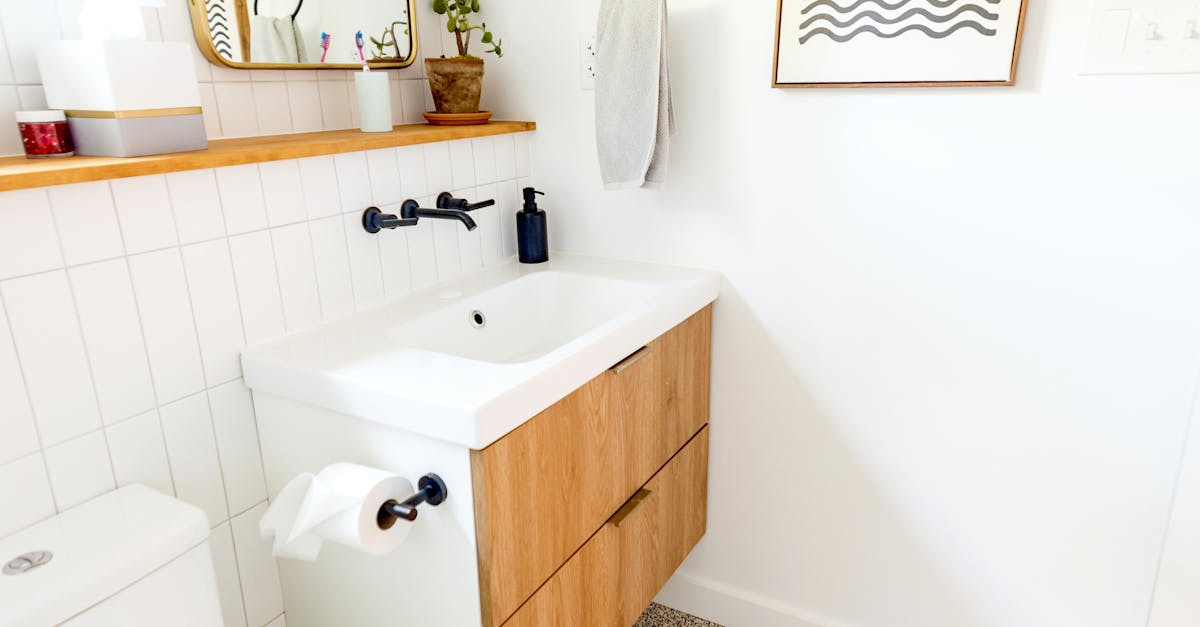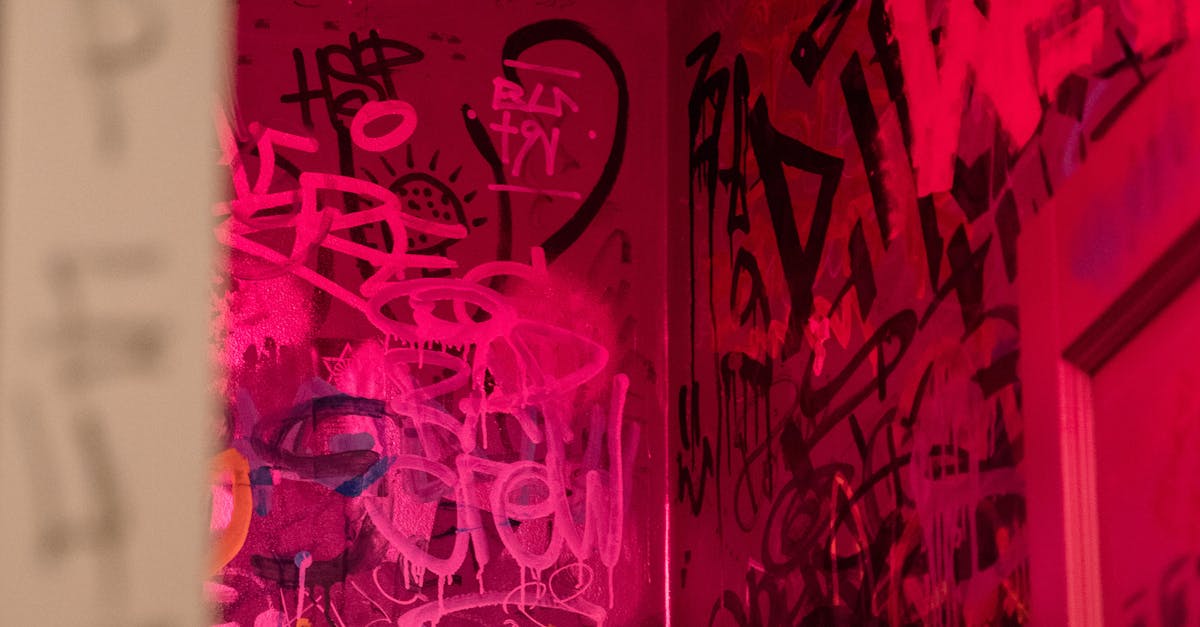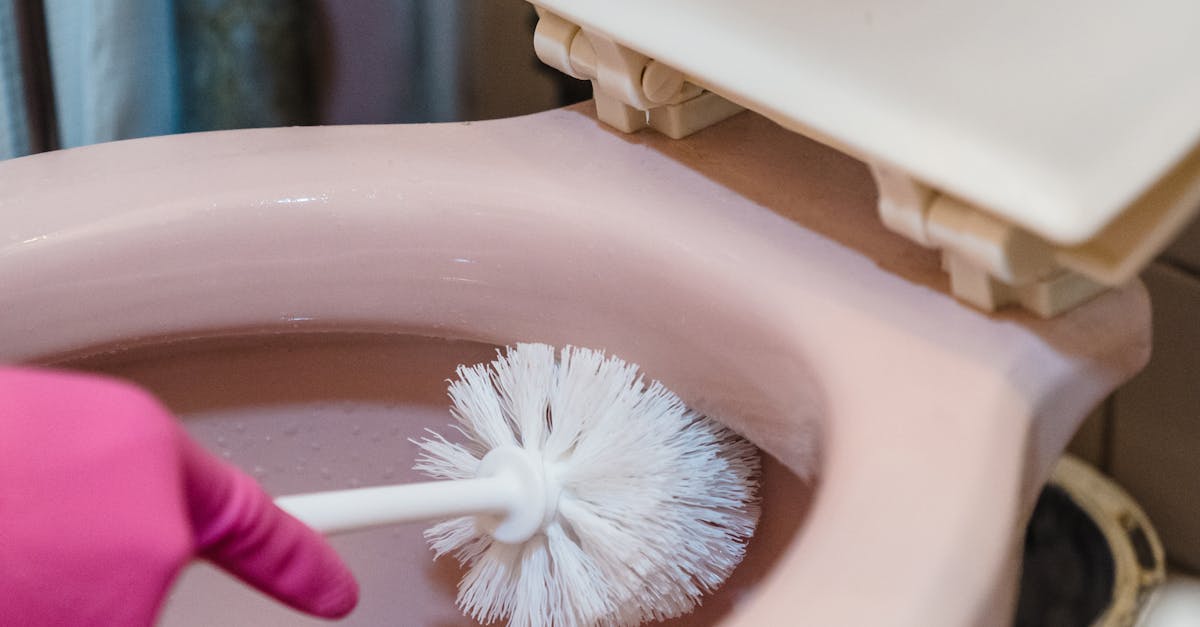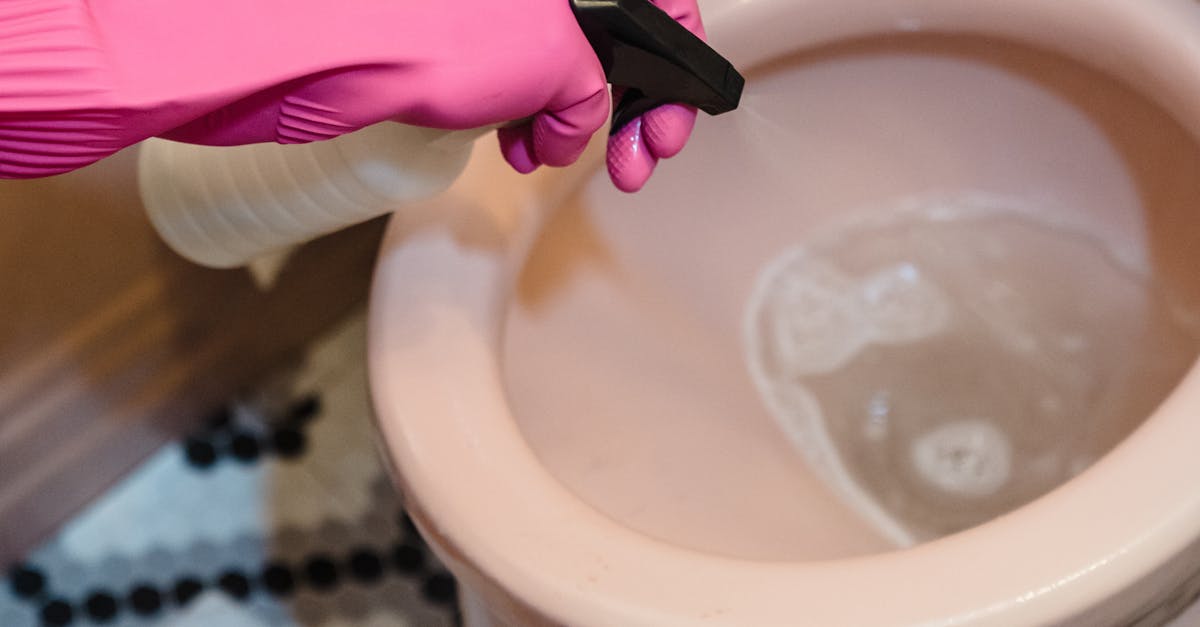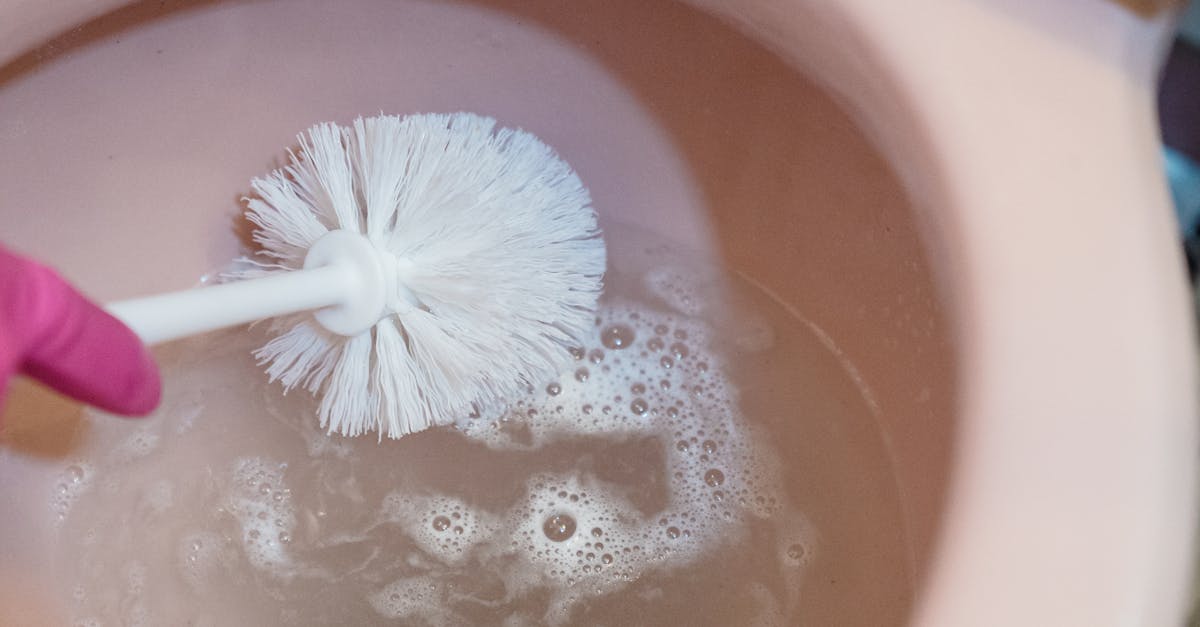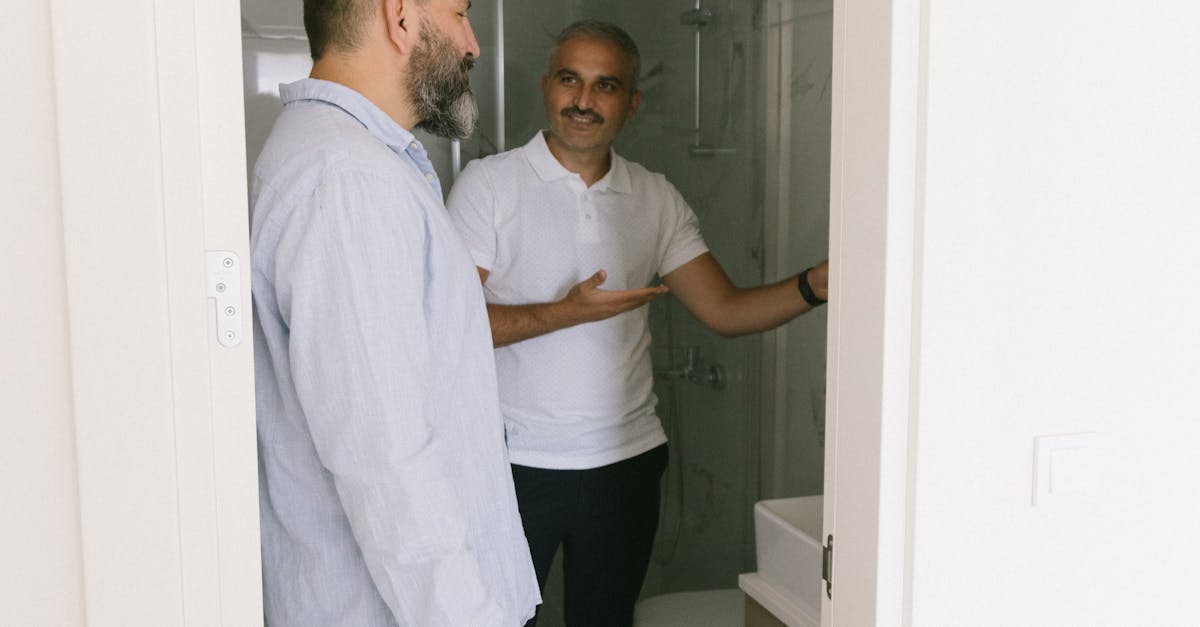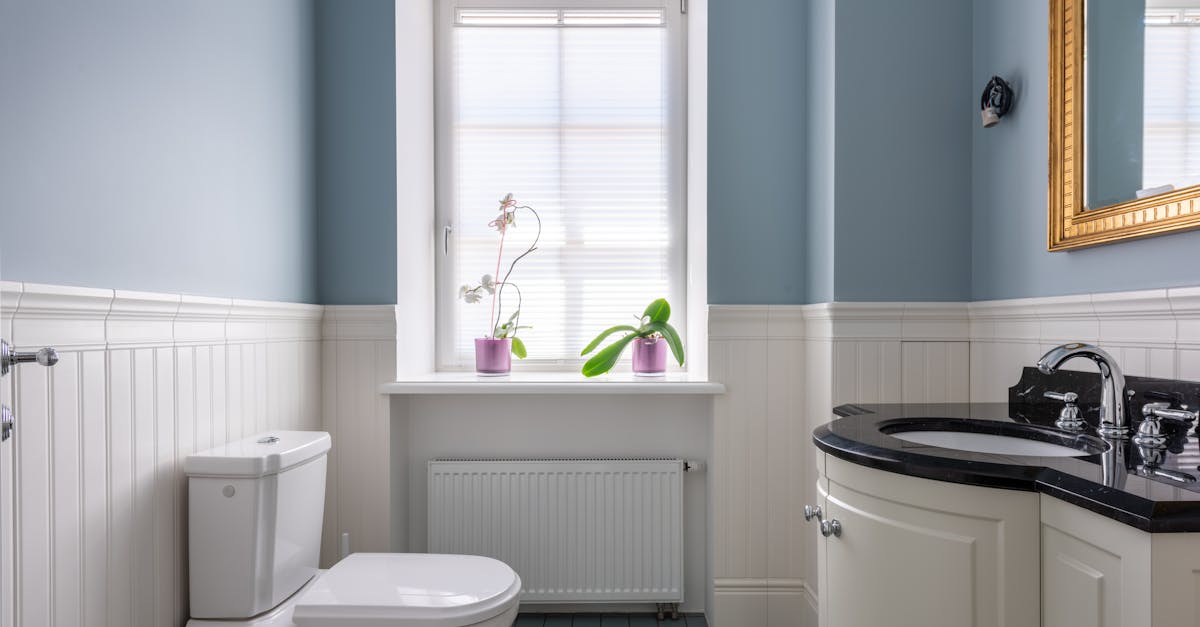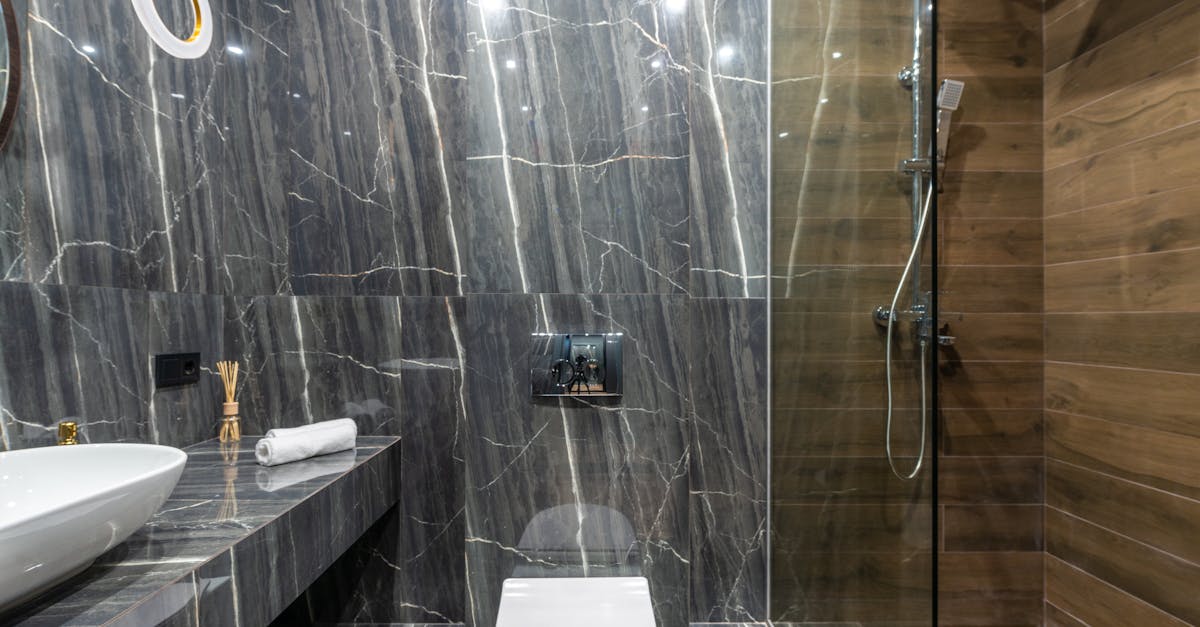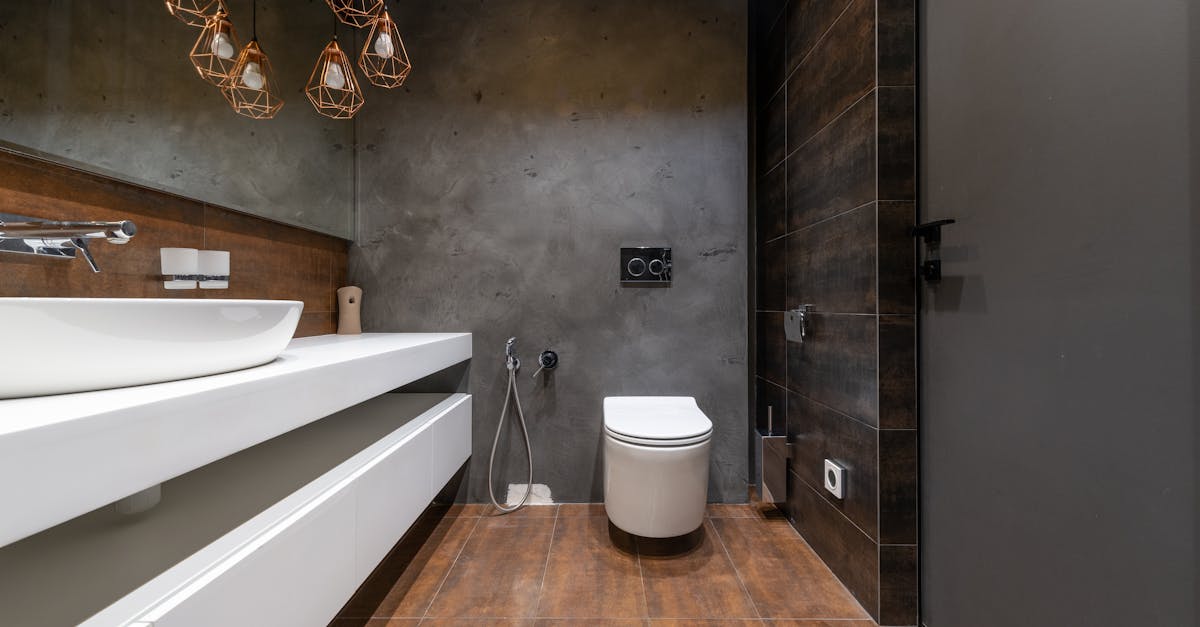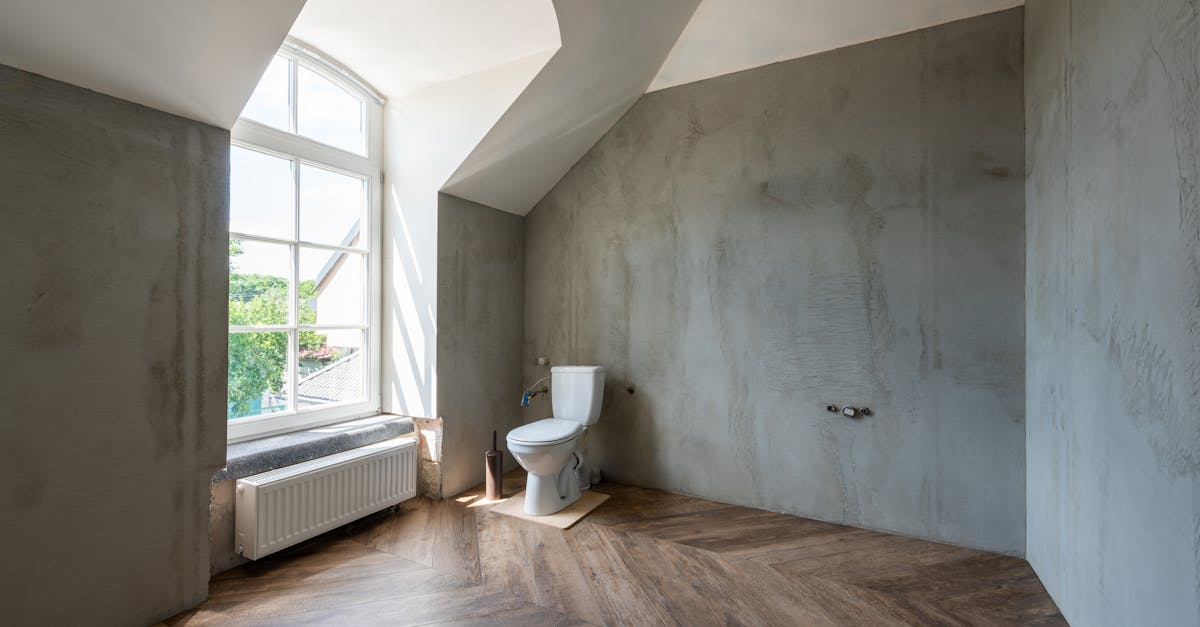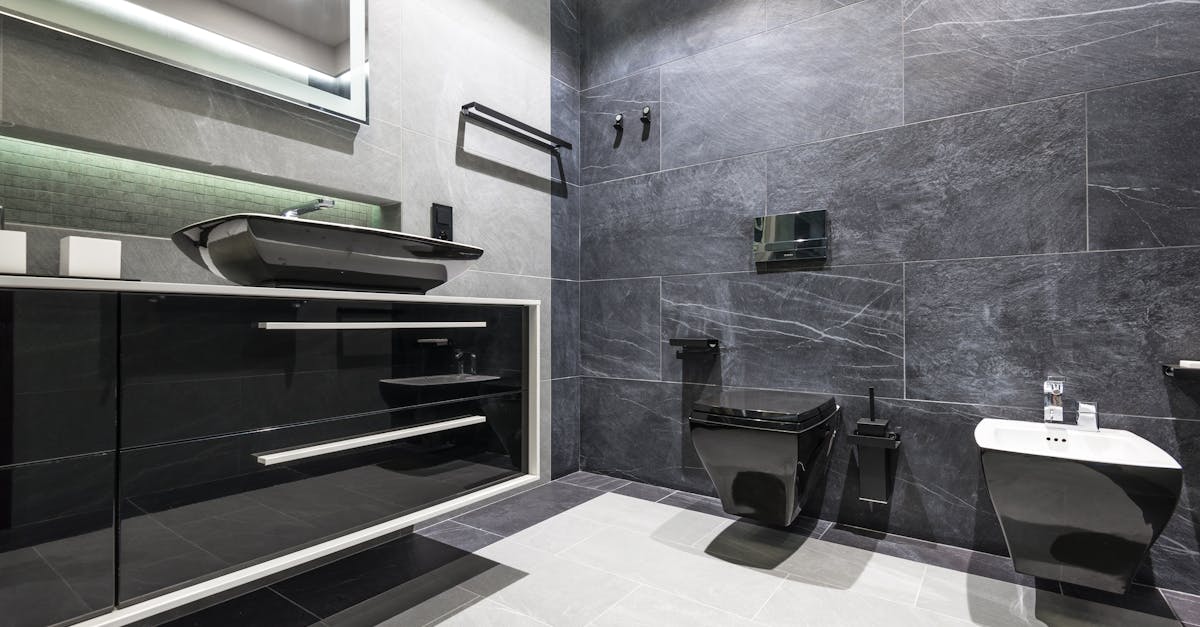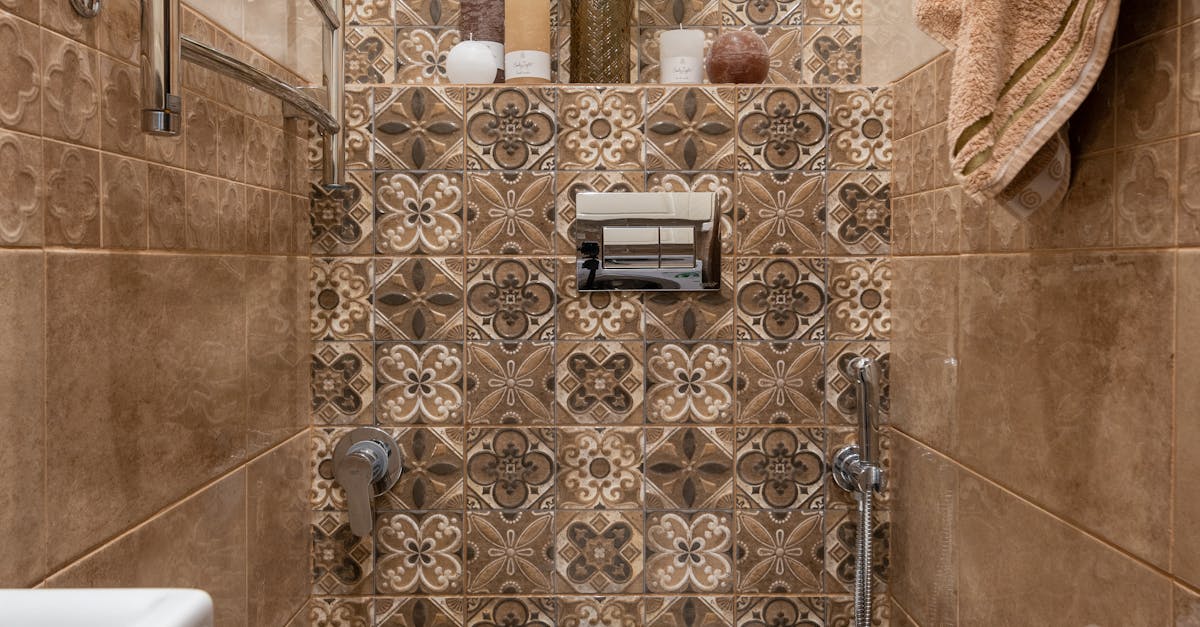
Table Of Contents
Potential Airlock Situations
Airlocks can occur in plumbing systems when air becomes trapped in the water pipes. This situation can prevent water from flowing freely, leading to a toilet that won't flush properly. When air blocks water, the flush mechanism struggles to operate effectively. Identifying an airlock can be a bit tricky, as it often masquerades as other plumbing issues.
In many cases, airlocks result from recent plumbing work or changes to the water supply. Homeowners should listen for unusual sounds when flushing, as gurgling or bubbling noises may indicate trapped air. If there is persistent trouble with flushing that isn’t due to a clog, it might be worth contacting a professional for toilet repairs. They can diagnose and resolve the airlock issue, restoring the toilet's functionality.
Identifying Symptoms of Air Trapped in Pipes
Air trapped in the plumbing can lead to an array of symptoms that may signal underlying issues. One common indicator is the presence of gurgling sounds emanating from the toilet when it’s flushed. This noise suggests that air pockets are hindering the flow of water through the drainage system. Additionally, you might notice slow drainage in the toilet or adjacent fixtures, indicating that the normal water flow has been disrupted due to air entrapment.
In some cases, the toilet may not flush properly despite having sufficient water in the tank. If the bowl fills slowly and doesn’t empty as expected, this could point towards air trapped in the pipes. Homeowners facing these symptoms should consider consulting with a plumber to explore the need for toilet repairs. Addressing airlock situations promptly can prevent further complications down the line and ensure that the plumbing system functions efficiently.
Examining the Toilet's Internal Parts
Understanding how the internal parts of a toilet function can help pinpoint why a toilet may not be flushing properly. Components like the flapper valve, fill valve, and flush handle all play critical roles in the flushing process. A malfunctioning flapper valve could fail to create a proper seal, leading to water continuously leaking from the tank into the bowl. This prevents an adequate water level from building up for a successful flush.
Another essential part to consider is the fill valve, responsible for regulating the flow of water into the tank after a flush. If this valve is not opening or closing correctly, it may not refill the tank efficiently, resulting in insufficient water for flushing. Addressing these issues might require straightforward adjustments or, in some cases, professional assistance for toilet repairs to replace worn-out parts and restore functionality.
Recognising Faulty Components
Faulty components inside the toilet can significantly hinder its flushing ability. The flapper valve, which seals the tank and allows water to flow into the bowl, may be worn or misaligned. A damaged or warped flapper can prevent a proper seal, leading to insufficient water release during a flush. Additionally, the fill valve could also be malfunctioning, failing to allow enough water back into the tank for the next flush cycle. Identifying these issues requires a careful inspection of the internal parts.
In some cases, the chain connecting the flapper to the flush handle can become tangled or disconnected. A slack or broken chain would prevent the flapper from lifting fully, resulting in a weak or nonexistent flush. Regular maintenance and timely toilet repairs can help avoid these problems. If these components are not functioning correctly, it may be necessary to replace them to restore the toilet's proper flushing capability.
Assessing Water Supply Issues
Low water supply can result in inadequate flushing performance. When investigating this issue, inspect the supply line to ensure it is free of kinks or damage, which can restrict water flow. A partially closed shut-off valve may also contribute to insufficient water reaching the toilet. Addressing these aspects can sometimes resolve flushing problems without extensive toilet repairs.
Additionally, consider the water pressure in your home. If the pressure is consistently low, it may affect multiple fixtures, leading to other plumbing issues. A qualified plumber can assess the situation and recommend solutions if adjustments to the supply line do not yield results. Regular maintenance can help prevent these problems and reduce the likelihood of needing emergency toilet repairs in the future.
What to Look for in the Supply Line
Inspecting the supply line to your toilet is crucial for identifying potential issues affecting its flushing capability. Start by checking for any visible leaks or damp spots around the fittings. A steady stream of water or even a moist residue can indicate a problem. Ensure the supply valve is fully open to allow maximum water flow. Sometimes, the valve may not be completely turned on, leading to inadequate water reaching the toilet.
Another aspect to consider is the condition of the supply line itself. Old or damaged pipes can restrict water flow, impacting the toilet's performance. Look for any kinks or pinches that may obstruct water movement. Corrosion or mineral build-up can also occur in older supply lines, further hindering the performance of your toilet. If any issues are found during your inspection, it may be time to consider professional toilet repairs to restore proper functionality.
FAQS
What should I do first if my toilet isn’t flushing but it’s not clogged?
Start by checking if there’s enough water in the tank. If the water level is low, it may not have enough force to flush properly.
How can I tell if there’s an airlock in my plumbing?
Look for symptoms such as gurgling noises from the toilet or other fixtures and a slow drainage rate in sinks or baths, which can indicate air trapped in the pipes.
What are the common faulty components in a toilet that can cause flushing issues?
Common faulty components include the flapper valve, fill valve, or the flush handle. Inspect these parts for wear and tear or misalignment.
How can I check if there’s an issue with the water supply line?
Examine the supply line for kinks or leaks, and ensure the shut-off valve is fully open. You can also listen for any hissing sounds which could indicate a problem.
Is it necessary to call a plumber if my toilet won’t flush properly?
If you’ve checked for clogs and inspected the internal parts and water supply without finding a solution, it may be wise to consult a plumber for a professional assessment.
